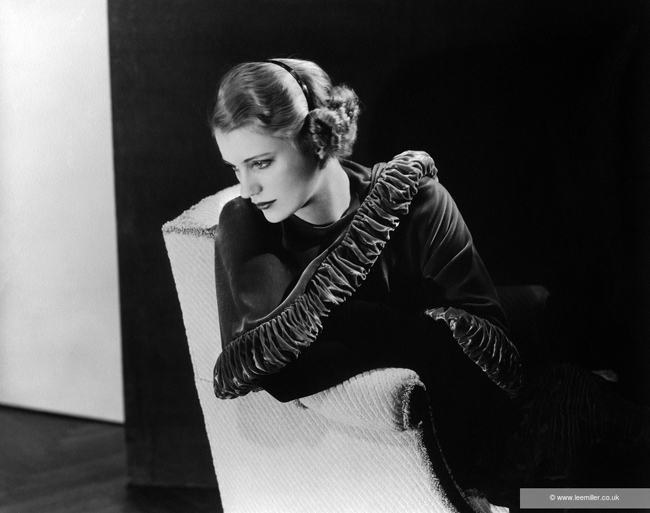When we think of ‘Sussex icons’, the name Edward Booth, William Blake or perhaps more recently Tim Peake, may immediately spring to mind. But what about Sophia Jex-Blake, Lee Miller or even Marianne North – names that we may instantly disregard or are unfamiliar with? Although Sussex has long been a haven for prominent writers, philanthropists and scientists who have become pioneers in their respective fields, history appears to have forgotten the women of Sussex’s gilded past.
Sussex has always been a refuge for ambitious and iconic women. Just as the renowned ornithologist Edward Booth, Sophia Jex-Blake also possessed a natural affinity to the sciences. Growing up in the town of Hastings, the Sussex native was determined to pursue a career in medicine from an early age. After observing teaching methods in Germany, Sophia Jex-Blake applied to Edinburgh University. Despite severe opposition, Jex-Blake and four other like-minded women began campaigning for equality within the medical profession which was dominated by their male classmates. Jex-Blake, therefore, became a part of the first group of female undergraduate medical students in Britain. She continued to work tirelessly in achieving her goal of allowing women to qualify as doctors. Later she founded the School of Medicine for Women in 1899, before returning to Sussex.

Another woman of significant influence, Marianne North, also chose to defy expectations and restrictions imposed upon women during the Victorian era. Hailing from East Sussex, North clearly displayed a talent in fine art as a young girl, with a passion for botany. However, it was not until the death of her beloved father in 1869 that North began to travel to isolated and exotic locations to paint their lush vegetation. Whilst North’s talent is often unheard of today, her paintings captured the attention of revolutionary theorist, Charles Darwin, who then encouraged her to travel to Australia and New Zealand to document plant species in 1880. North captured over 900 species of plant life in her exuberant and visceral botanical depictions and all 832 paintings can still be seen today at the Marianne North Gallery in Kew Gardens, which was established and funded by North.
Throughout history, Sussex has also attracted many women from across the globe, serving as their refuge or inspiration. This is no exception for the American model and photojournalist Lee Miller, who has recently become the centre of Brighton Museum’s “Lee Miller: Dressed” exhibition. Famed for her stills of American troops entering Paris on liberation day in 1944, she immortalised the moment through her camera lens. It was during this time she became the first female combat photojournalist to enter the city. Her entry into Dachau and Buchenwald concentration camp impacted her deeply, and shocked the public after her now widely acclaimed photographs were published in Vogue. Miller and her husband Roland Penrose then moved to Sussex after World War II, purchasing Farley Farm in Chiddingly, which then became a hotspot for artists Picasso, Max Ernst and Henry Moore who regarded Miller as their muse. Her work continues to serve as a chilling reminder of the impact of conflicts in an advancing technological world.
Undoubtedly, Sussex has and will always remain a sanctuary for many bright, intelligent, and resilient women who in their own right, are truly iconic.
